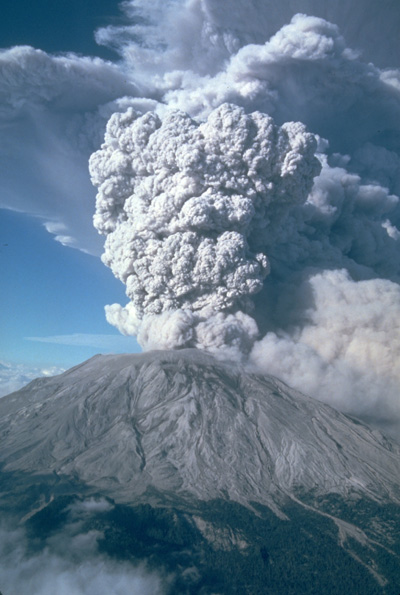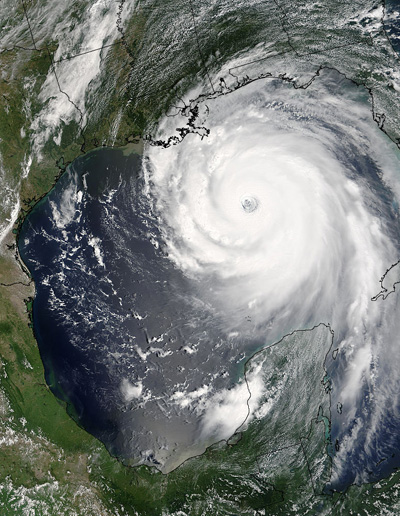|
|
 |
PAGE 40 / 102 |
 |
Unit 1: Basic Ecological Concepts and Principles Related to Agricultural Systems
The stability of an ecosystem can be described as its ability to consistently remain productive over time, even when confronted with disturbances of various kinds. Stability has two components: resistance and resilience.
Resistance is the ability of an ecosystem to withstand the effects of a disturbance or shock and to continue to function in spite of that disturbance.
Resilience is the rate at which an ecosystem recovers when it is affected by a disturbance or shock.
In nature, what are some "disturbances" or "shocks" that might affect an ecosystem? Click the heading below for a few examples.
To learn more about ecosystem stability in nature, visit this interactive feature at National Geographic to learn about how the area around Mt. St. Helens is recovering after the eruptions of 1980.
Mt. St. Helens (article by McKenzie Funk)
Mt. St. Helens: Rebirth of the Blast Zone Graphic
|
|
|
|
| |
|
|
 |
| Drought |
(Ron Nichols, USDA NRCS) |
|
|
 |
| Volcanic Eruption |
(Mike Doukas, USGS) |
|
| |
|
|
 |
| Typhoon / Hurricane |
(NASA) |
|
|
 |
| Insect Infestation or Disease Outbreak. |
(Photo by Till Westermayer, CC BY 2.0) |
|
|